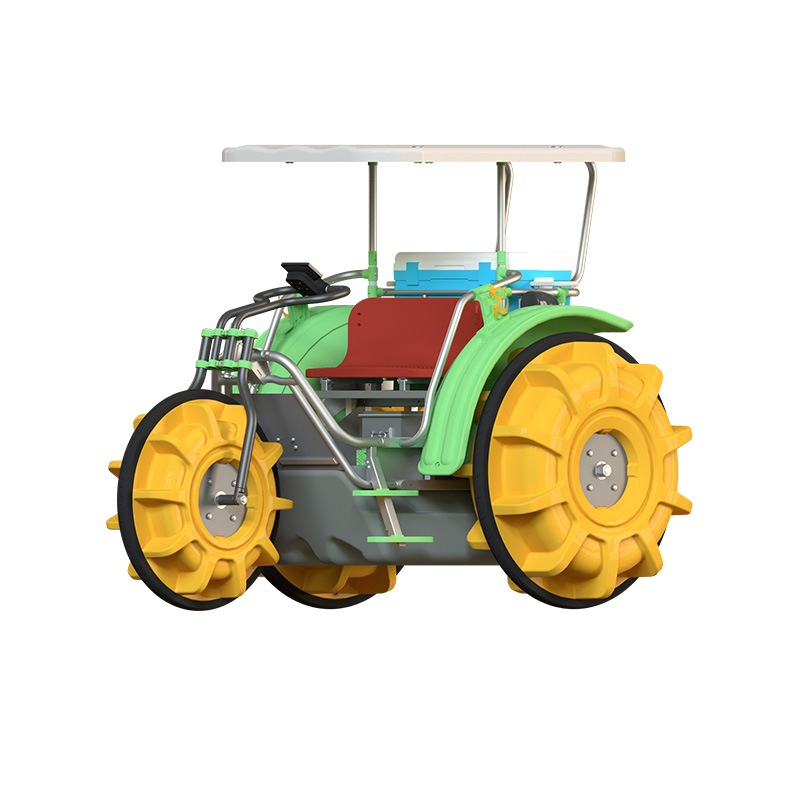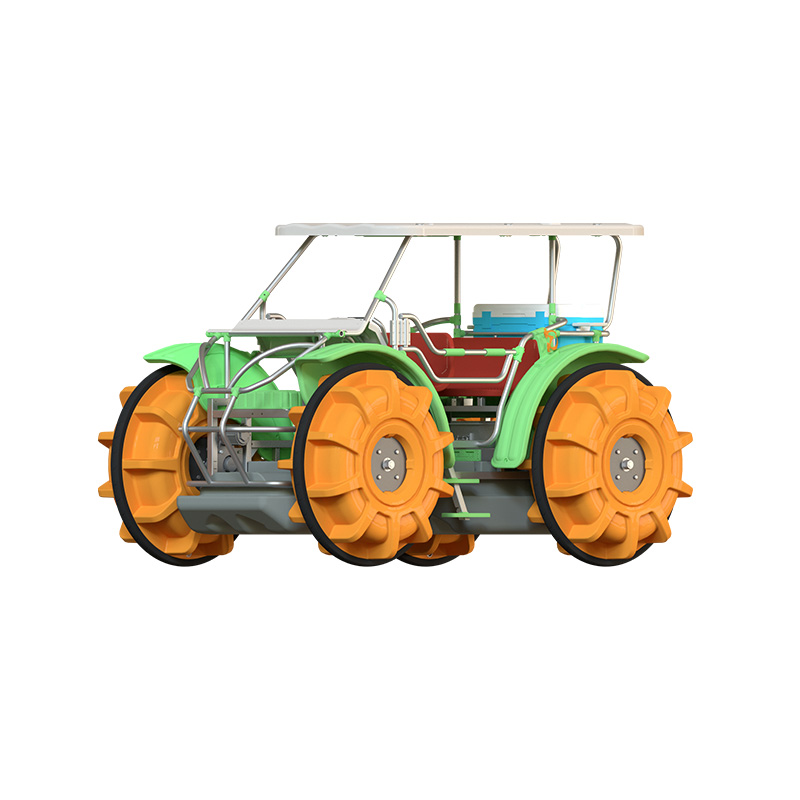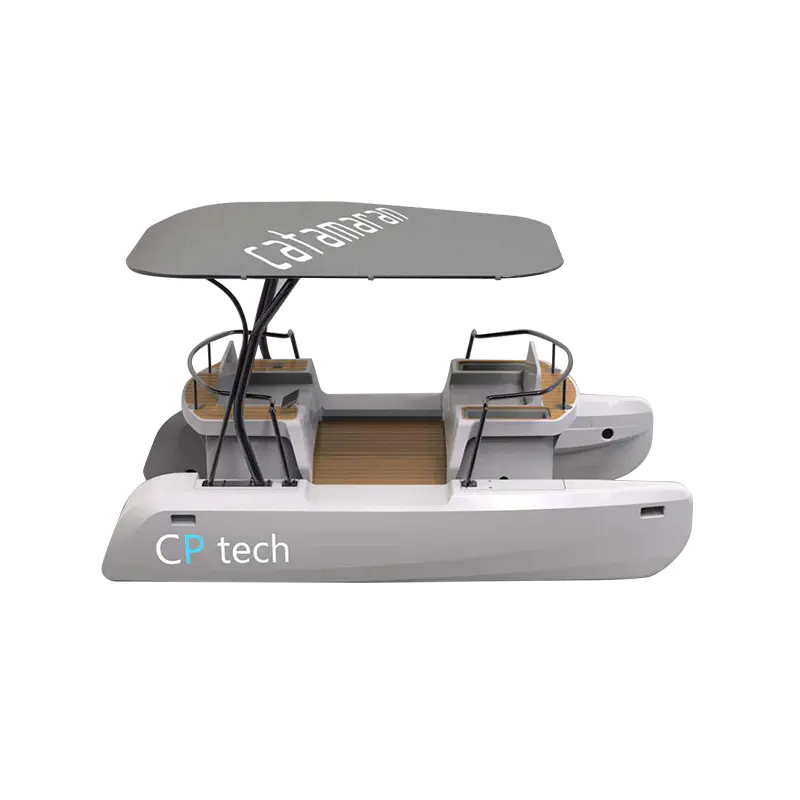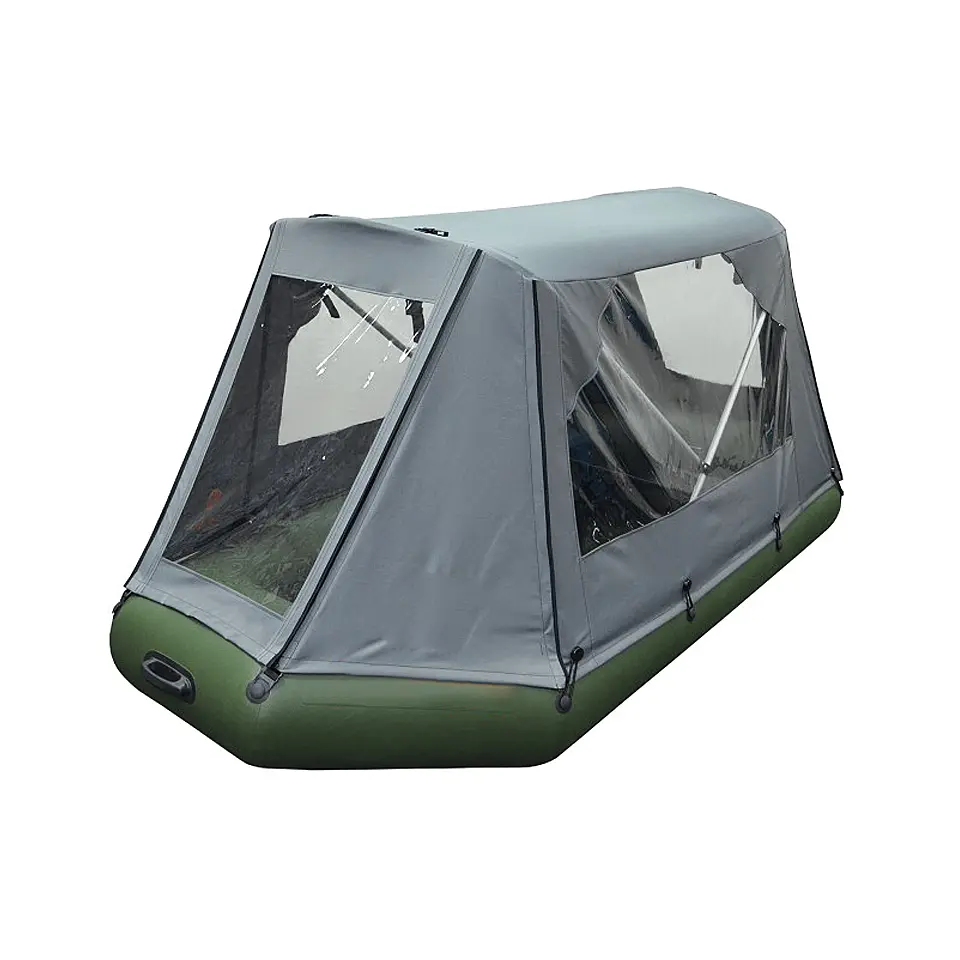Maintenance of Electric Wake Boat
2025-04-18
Inflatable electric boats are valued for their portability, convenience, and smooth ride on calm waters. A key advantage of these boats is the comfortable user experience they offer, especially for casual boating, fishing, or light cruising. The inflatable structure contributes to natural shock absorption, softening the ride over small waves and reducing the jarring impact often experienced in rigid hull vessels. This makes them well-suited for leisurely outings in lakes, rivers, or sheltered coastal areas.

Many inflatable electric boats are equipped with soft floor panels or air-filled flooring, which adds to passenger comfort by providing a cushioned surface underfoot. Seating is often adjustable or integrated with padded benches to accommodate users over extended periods. The electric propulsion system adds another layer of comfort by noise and vibration during operation, creating a peaceful and relaxed atmosphere onboard.
Moreover, ease of boarding and disembarking contributes to overall convenience, especially for families or those with limited mobility. Many inflatable electric boats also include features such as sun canopies, cup holders, and integrated storage for a more enjoyable and functional ride. All these elements make the inflatable electric boat a preferred option for comfort-oriented recreational use.
Electric wake boats are specialized vessels designed to create large, shaped wakes suitable for wakeboarding, wakesurfing, and other water sports. Due to their specific purpose and mechanical complexity, proper maintenance is essential to ensure consistent performance and longevity.
One of the main maintenance considerations is the battery system. Electric wake boats typically use high-capacity lithium-ion battery packs, which require regular inspection and proper charging routines to maintain their effectiveness. It is important to avoid overcharging or deep discharges, both of which can reduce battery lifespan. Monitoring software and battery management systems often come integrated to assist with proper upkeep.
The propulsion system, usually a direct-drive electric motor, also requires periodic inspection. While electric motors generally require less upkeep than internal combustion engines, it is still important to check for moisture intrusion, worn electrical contacts, or cooling system issues if water-cooled. Routine visual inspections can prevent minor concerns from developing into performance problems.
Electric tender boats serve as auxiliary vessels for larger yachts or as standalone crafts for short-distance transportation. They are valued for their reliability and ease of use, especially when servicing anchored vessels or transporting passengers to shore. To ensure function, electric tender boats also require consistent maintenance.
The core of maintenance for electric tender boats lies in battery care. As with other electric vessels, tender boat batteries must be properly charged and stored, especially when the boat is not in use for extended periods. Regular monitoring of voltage levels and connection points is essential to detect early signs of degradation or imbalance. Many owners invest in smart chargers or onboard monitoring tools to simplify this process.
Hull maintenance, while less demanding than for larger boats, should not be neglected. Since tender boats often make frequent trips in shallow or debris-prone waters, the hull should be checked regularly for scratches, dents, or buildup. Cleaning the hull helps prevent drag and maintains overall efficiency.
Propulsion system checks are also important. While the electric motor itself is relatively low-maintenance, users should ensure that propellers are free of entanglements and that the motor mount is secure. If the boat includes steering controls or joystick interfaces, these should be tested for responsiveness and recalibrated as needed.

 English
English  русский
русский  عربى
عربى 








